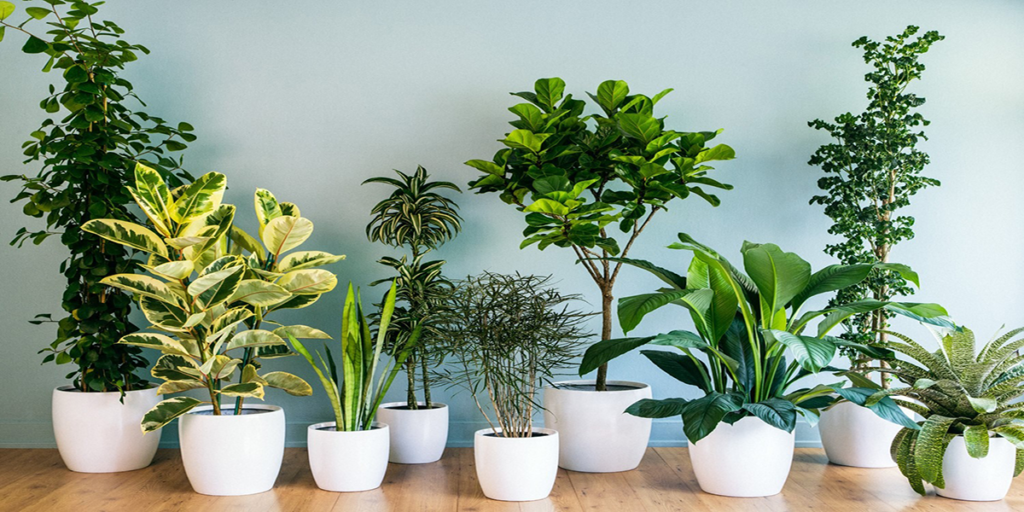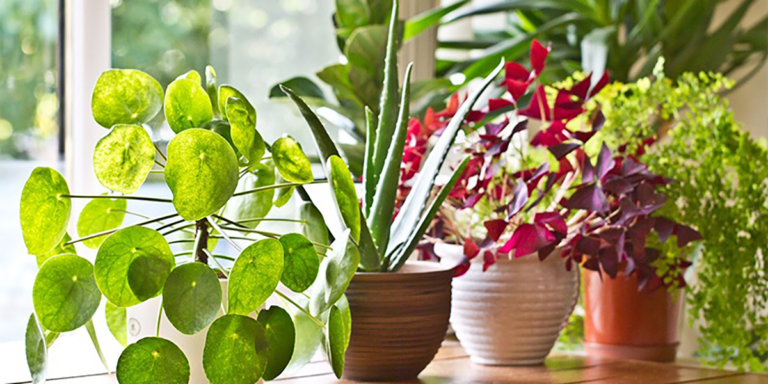
What Are Vaastu Plants? A Beginner’s Guide to Harmonious Gardening
If you’ve ever walked into a garden that instantly made you feel calm and refreshed, chances are it wasn’t just the greenery—it was also the energy. In Indian tradition, Vaastu Shastra (the ancient science of architecture and spatial harmony) plays a major role in creating balanced living spaces. One of its core principles? Plants.
Welcome to the world of Vaastu plants—green companions believed to bring positivity, health, and prosperity to your home and garden. Whether you’re a gardening newbie or looking to infuse your space with more meaning, this guide will help you understand and embrace Vaastu gardening.
🌿 What Are Vaastu Plants?
Vaastu plants are specific types of plants that are recommended in Vaastu Shastra for their energy-balancing properties. These plants are not only chosen for their beauty or ease of care, but also for their symbolic value and ability to attract good vibes. They’re believed to influence the energy (or prana) around your home, affecting mental well-being, health, relationships, and even finances.
🌼 Why Include Vaastu Plants in Your Garden?
- Positive Energy Flow: Certain plants are said to purify the air and correct energy imbalances in your space.
- Spiritual and Emotional Wellness: Green spaces aligned with Vaastu principles may promote peace of mind and spiritual growth.
- Good Luck and Prosperity: Many Vaastu-recommended plants are considered lucky and are thought to attract abundance and harmony.
🌱 Top Vaastu Plants and Their Benefits
Here are some beginner-friendly Vaastu plants to get you started:
- Tulsi (Holy Basil)
- Symbolism: Spirituality, purity, protection
- Best Placement: East or northeast direction
- Benefits: Cleanses air, wards off negative energy, and is sacred in many Indian homes.
- Money Plant (Pothos)
- Symbolism: Wealth and prosperity
- Best Placement: Southeast (associated with Venus and finances)
- Benefits: Improves indoor air quality and is low-maintenance.
- Bamboo Plant (Lucky Bamboo)
- Symbolism: Luck, health, and resilience
- Best Placement: East or southeast corners indoors
- Benefits: Said to attract positive energy and growth.
- Neem Tree
- Symbolism: Health and healing
- Best Placement: Northwest corner of the garden
- Benefits: Natural air purifier and pest deterrent.
- Banana Plant
- Symbolism: Prosperity and religious significance
- Best Placement: Northeast part of the garden
- Benefits: Revered in many rituals; adds lush greenery.
- Jasmine
- Symbolism: Love and positivity
- Best Placement: Southwest for calming energy
- Benefits: Fragrant blooms uplift mood and reduce stress.
🧭 Placement Tips According to Vaastu
- North or East: Ideal for most plants, as these directions attract positive solar energy.
- Southwest: Avoid placing thorny or bonsai plants here—they’re believed to cause stagnation or conflict.
- Avoid Cacti Indoors: While trendy, they are considered to emit sharp energy that may disturb harmony inside the home.
🌸 Final Thoughts
Incorporating Vaastu plants into your garden is a beautiful way to blend traditional wisdom with modern aesthetics. Even if you don’t follow Vaastu strictly, the emphasis on natural balance, air purification, and meaningful placement can transform your gardening experience.
So why not add a few of these green guardians to your garden? A little harmony, beauty, and positivity might just be a pot away.
Which plants are good for Vaastu?
Several plants are considered highly beneficial in Vastu Shastra for attracting positive energy and harmony. Tulsi (Holy Basil) is one of the most auspicious, promoting spiritual well-being and air purification. The Money Plant is known for attracting wealth and should be placed in the southeast direction. Bamboo plants symbolize good fortune and resilience, ideal for indoor spaces. Other favorable options include Neem for health, Jasmine for peace, and Banana plants for prosperity.
Which plants increase oxygen in the home?
Plants that are known to increase oxygen levels in the home include Areca Palm, Snake Plant (Sansevieria), Aloe Vera, Money Plant (Pothos), and Peace Lily. These plants not only release oxygen but also help purify the air by removing toxins like formaldehyde and benzene. The Snake Plant is especially unique as it produces oxygen even at night, making it great for bedrooms. Aloe Vera also doubles as a healing plant while improving air quality. Keeping a few of these in your living space can promote better breathing and a fresher indoor environment.
What plant is good luck at front door?
A Money Plant (Pothos) or a Lucky Bamboo is often considered good luck when placed near the front door, as they are believed to attract wealth, prosperity, and positive energy. Another popular choice is the Tulsi plant, especially in Indian homes, where placing it near the entrance (ideally in the north or northeast) is said to bring spiritual protection and harmony. Jade plants are also favored in Feng Shui and Vastu for welcoming financial success and good fortune. Be sure to keep these plants healthy and well-maintained, as a thriving plant symbolizes continuous growth and luck.

